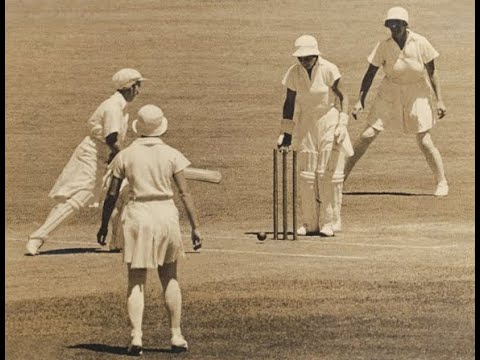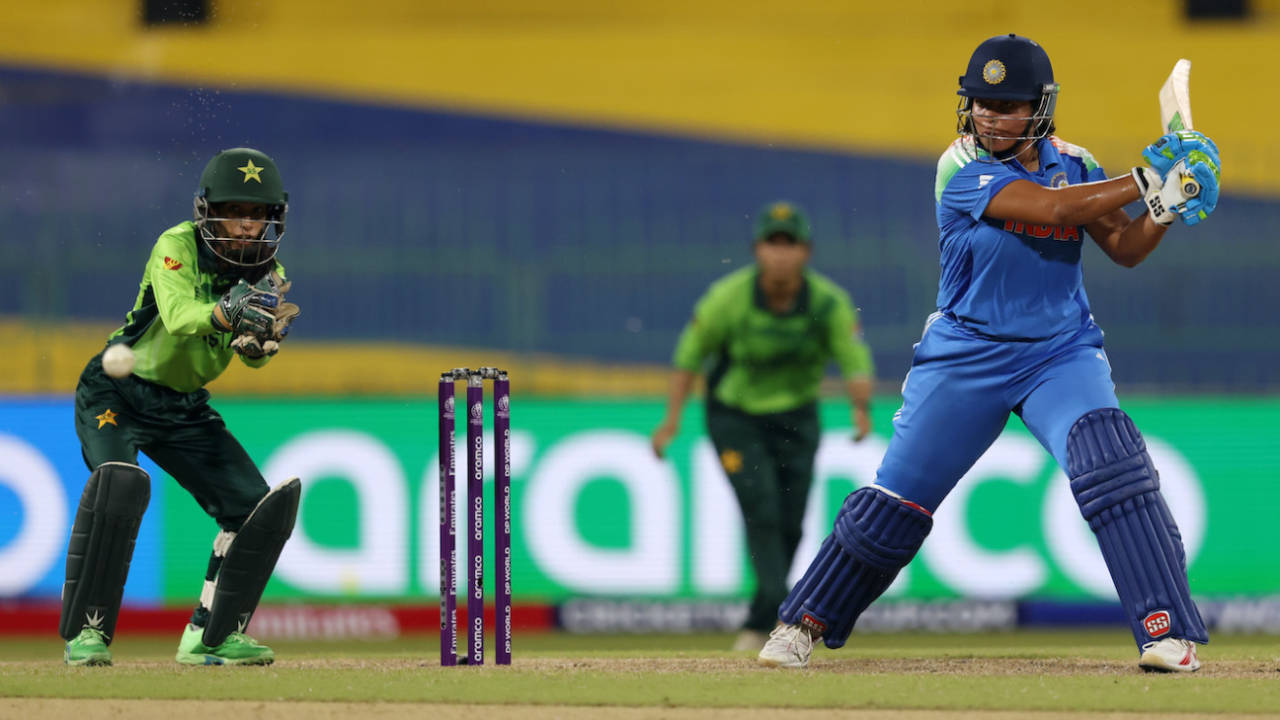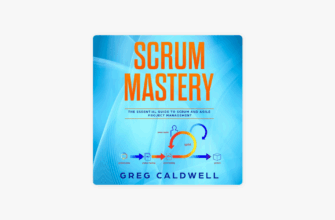In the world of sports, where records are meticulously tracked and triumphs are celebrated with fervor, a quiet revolution has been brewing. It`s a revolution powered not by thunderous roars from packed stadiums alone, but by the click of a remote and the tap of a screen, ushering in an unprecedented era for women`s cricket. The recent Women`s World Cup, particularly one specific fixture, has not merely set new benchmarks; it has obliterated them, signaling a profound shift in how the globe perceives and consumes female athletics.
When Rivalry Ignites Records: India vs. Pakistan
The centerpiece of this statistical marvel was the much-anticipated clash between India and Pakistan on October 5th. This isn`t just any game; it`s a fixture steeped in historical rivalry, capable of stirring emotions far beyond the boundary ropes. For women`s cricket, this particular encounter became its magnum opus in terms of audience engagement. The International Cricket Council (ICC) proudly announced figures that might make even seasoned sports broadcasters do a double-take:
- A staggering 28.4 million digital reach.
- An incredible 1.87 billion minutes consumed.
These weren`t just big numbers; they designated the India vs Pakistan game as the most-watched women`s international cricket match of all time. It also claimed the title of the highest-rated league-stage match in the tournament`s history for traditional television viewership. In a landscape often dominated by men`s sports, these figures aren`t just impressive; they are a resounding declaration of women`s cricket`s arrival on the grandest stage.
A Tide Rising: Beyond a Single Match
While the India-Pakistan encounter stood out as a beacon of popularity, it was far from an isolated incident. The World Cup`s initial phase painted a picture of widespread, exponential growth across the board. The first 11 matches of the tournament collectively garnered a reach of 72 million viewers. To put this in perspective, that`s a monumental 166% increase compared to the previous edition of the tournament. The surge in engagement wasn`t limited to mere reach; total viewing minutes skyrocketed by an astonishing 327% to 6.3 billion.
Later data, incorporating the first 13 matches and notably including the India vs Australia game on October 12th (which itself recorded 4.8 million peak concurrent viewers on JioHotstar), continued to tell a similar story:
- Over 60 million viewers reached (a five-fold increase from the 2022 edition).
- Total watch-time soaring to 7 billion minutes (a twelve-fold increase).
These statistics aren`t merely numbers on a spreadsheet; they represent a fundamental shift in sports consumption. They illustrate a growing appetite for women`s sports, a desire for high-quality competition, and an undeniable appreciation for the skill, strategy, and sheer athleticism displayed by female cricketers.
The India vs Pakistan game has also become the highest-rated league-stage match in the history of the tournament when it comes to TV viewership.
The Human Element: Spectators and Stadiums
Beyond the digital realm, the roar of the crowd in physical stadiums also painted a picture of burgeoning interest. Attendances, particularly for matches involving the host nation Sri Lanka and the ever-popular Indian team, were notably robust. It appears that while the digital ocean is vast and accommodating, there`s still a unique thrill in witnessing the action live, especially when home loyalties are at stake. However, a pragmatic nod must be given to the less-attended matches featuring visiting teams without a local connection, where sometimes the weather seemed to offer more spirited participation than the sparse crowds. Perhaps some rivalries simply burn brighter, even under the tropical sun.
What These Records Truly Signify
This avalanche of viewership data isn`t just a testament to a successful tournament; it`s a powerful indicator of a larger trend. Women`s cricket, and indeed women`s sports in general, are shedding old perceptions and claiming their rightful place in the mainstream. The quality of play, the emergence of compelling personalities, and the increasing accessibility of broadcasts have converged to create a potent formula for growth.
“The monumental surge in viewership for women`s cricket transcends mere statistics; it’s a cultural declaration that talent, dedication, and competitive spirit know no gender boundaries. This isn`t just about breaking records; it`s about building legacies.”
These numbers underscore the immense commercial potential that lies untapped (or perhaps, newly tapped) in women`s sports. Sponsors, broadcasters, and federations are now presented with undeniable proof of a passionate, growing audience eager to engage. The investment in women`s cricket is clearly paying dividends, fostering an ecosystem where athletes can thrive, and fans can find new heroes.
The Road Ahead
The success of the Women`s World Cup viewership serves as a compelling blueprint. It demonstrates that strategic investment, effective marketing, and showcasing high-stakes rivalry can unlock incredible audience engagement. As the world increasingly seeks out diverse and compelling sporting narratives, women`s cricket is perfectly positioned to capture hearts and minds globally. The journey from niche interest to mainstream phenomenon is accelerating, and with each shattered record, the foundation for a truly golden era in women`s sports grows stronger.
The question is no longer if women`s cricket will continue to grow, but rather how far it can truly go. If recent history is any indicator, the sky, or perhaps the digital cloud, is the limit.







